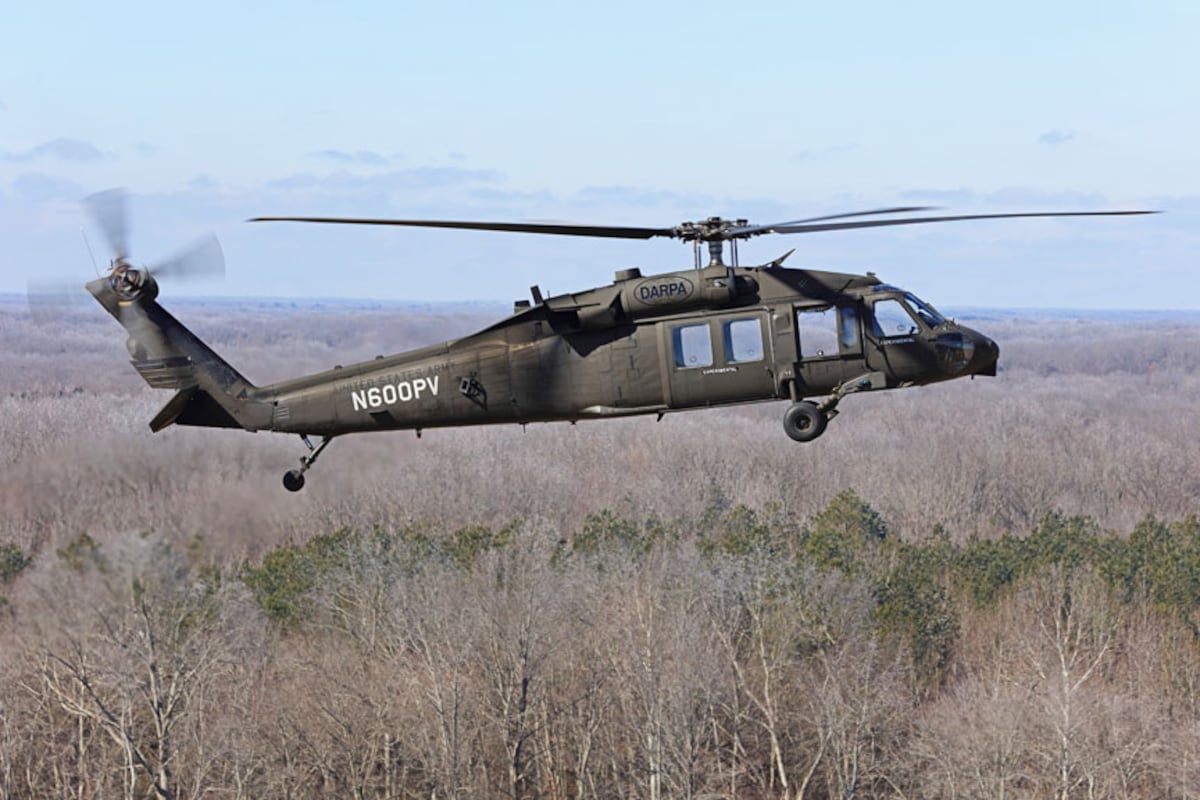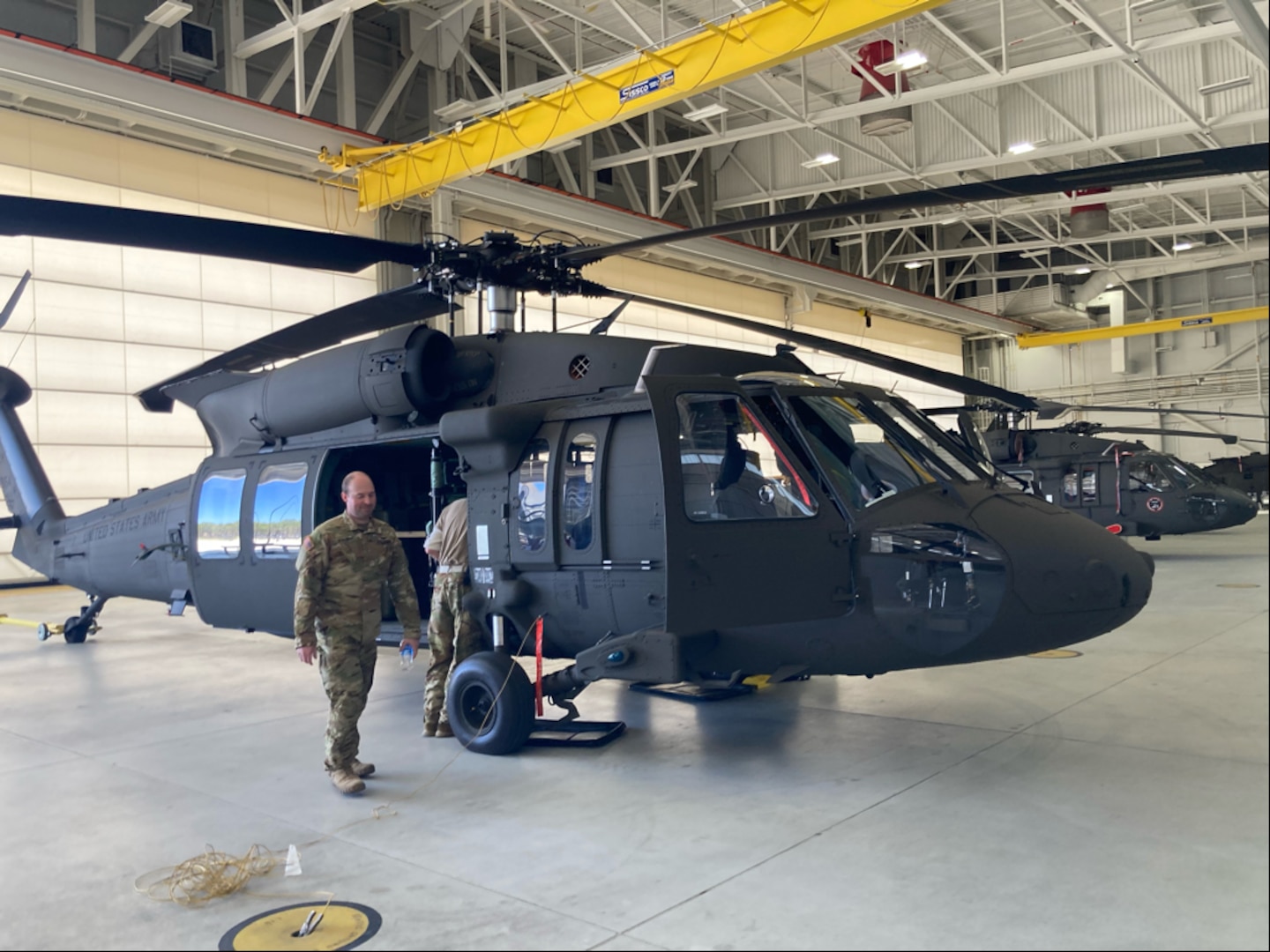Check Out the Key Roles and Objectives of the Blackhawk Helicopter Around The Globe
Check Out the Key Roles and Objectives of the Blackhawk Helicopter Around The Globe
Blog Article
Introducing the Power and Convenience of the Blackhawk Helicopter
The Blackhawk helicopter stands as a testimony to design excellence and armed forces development, considerably forming the landscape of modern-day airborne procedures. As we explore its background and operational capabilities, one need to think about exactly how the Blackhawk proceeds to influence contemporary battle methods and altruistic efforts alike.
History of the Blackhawk
The background of the Blackhawk helicopter is marked by considerable technological advancements and a calculated evolution in armed forces air travel. Developed in the late 1960s by Sikorsky Airplane, the UH-60 Blackhawk was at first conceived to replace the older UH-1 Iroquois, typically called the "Huey." The Blackhawk's initial flight took place in 1974, and it was formally presented to the united state Military in 1979.


This airplane was created to satisfy the demanding demands of contemporary warfare, concentrating on adaptability, longevity, and speed (Blackhawk Helicopter). Its ability to run in numerous settings, coupled with sophisticated avionics and design features, rapidly established the Blackhawk as a crucial asset for army procedures worldwide
Throughout the 1980s and 1990s, the Blackhawk saw comprehensive use in numerous conflicts, consisting of the Gulf Battle and altruistic objectives. The helicopter's versatility enabled it to serve several duties, from troop transport to medevac and logistical support. As technology evolved, so did the Blackhawk, causing various variants that catered to specific objective demands. Today, the Blackhawk remains an iconic symbol of army air travel, continually refined to fulfill modern challenges.
Trick Attributes and Specifications
Blackhawk helicopters are renowned for their engineering excellence and functional versatility, boasting a variety of key features and specifications that improve their efficiency in numerous armed forces functions. Among one of the most substantial characteristics is their dual-engine arrangement, typically powered by the T700-GE-701C engines, which supply exceptional integrity and performance. The helicopter has an optimum cruise speed of around 150 knots and a service ceiling of approximately 20,000 feet, enabling it to run effectively in diverse environments.
The Blackhawk's airframe is built from sophisticated composite products and light weight aluminum alloys, guaranteeing a robust framework while decreasing weight. It includes a completely verbalized rotor system that offers exceptional agility and stability. The helicopter can suit up to 11 fight troops or carry up to 8,000 pounds of external freight, making it very adaptable for different objectives.
Furthermore, the Blackhawk is outfitted with innovative avionics and interaction systems, improving situational understanding and mission coordination. Its capability to run in unfavorable climate condition, integrated with its low acoustic signature, makes it a sneaky choice for tactical operations. In general, these features add to the Blackhawk's track record as a foundation of modern-day army aeronautics.
Versatile Operational Duties
Distinguished for their design excellence and progressed capacities, Blackhawk helicopters serve a wide range of functional roles within armed forces structures. Initially designed for troop transportation, their versatility has increased, enabling them to do various goals effectively.
Among the primary duties of the Blackhawk is as an energy helicopter, helping with logistical assistance by moving employees and supplies to and from remote places. In addition, they stand out in clinical discharge (MEDEVAC) procedures, equipped with advanced clinical their website equipment and workers to offer crucial care in the field.
In battle scenarios, Blackhawks can operate as armed escort platforms, supporting ground pressures by involving adversary possessions while guaranteeing troop safety and security. Their capacity for special operations makes them crucial; they can carry out reconnaissance goals, workers recovery, and direct activity raids, typically in high-threat settings.
In Addition, the Blackhawk's flexibility allows it to support humanitarian goals and calamity action efforts, delivering aid and crucial solutions in times of situation. This wide range of functional duties shows the Blackhawk helicopter's exceptional flexibility, reaffirming its condition as a crucial asset in modern army procedures worldwide.
Technical Developments
Various technical technologies add to the Blackhawk helicopter's exceptional efficiency and adaptability in varied functional environments. One of one of the most considerable developments is its composite rotor blades, which enhance lift and ability to move while minimizing weight and maintenance requirements. The rotor system uses advanced materials that strengthen toughness and resist check this site out ecological degradation, making sure reputable procedure in severe problems.
Additionally, the Blackhawk is furnished with a cutting edge avionics collection that integrates sophisticated navigation and interaction systems - Blackhawk Helicopter. This includes GPS, radar, and multi-function displays that help with real-time situational recognition for pilots, adding to mission success under difficult circumstances
In addition, the helicopter's fly-by-wire control system permits for exact handling and enhanced responsiveness, offering pilots with boosted control during complicated maneuvers. The incorporation of innovative engine modern technology, such as the T700-GE-701C engine, further boosts performance, offering enhanced power result and gas performance.
Finally, modular style concepts enable fast reconfiguration for different objectives, from army transportation to medical emptying, making the Blackhawk a versatile possession in army and humanitarian procedures. These technological advancements collectively make certain that the Blackhawk remains an awesome visibility in the skies.
Effect on Modern War

Geared up with innovative avionics and communication systems, the Blackhawk makes it possible for smooth control among ground and air systems, making certain timely and precise response to dynamic combat situations. Its adaptability permits for fast release in varied atmospheres, from city setups to rugged terrains, reflecting the multifaceted nature of modern war.
Furthermore, the Blackhawk's superior speed and agility assist in fast insertion and removal of personnel, decreasing direct exposure to adversary fire. Its capacity to run in hostile conditions, combined with innovative defensive measures, enhances survivability and mission success prices.
As modern problems significantly rely upon joint procedures and fast action, the Blackhawk helicopter continues to be at the center of armed forces technique, symbolizing the development of air wheelchair and the crucial role of air power in achieving tactical goals. Its effect on contemporary visit site warfare remains to redefine the capacities of armed forces worldwide.

Conclusion
Finally, the Blackhawk helicopter exemplifies the crossway of innovative engineering and functional flexibility, strengthening its status as a foundation of modern army aviation. Its historical importance, exceptional features, and flexibility across different objective profiles underscore its critical function in contemporary warfare. As technological advancements remain to enhance its capabilities, the Blackhawk remains a necessary property for militaries internationally, showing exceptional efficiency in both battle and altruistic operations.
The Blackhawk helicopter stands as a testament to design quality and military innovation, considerably shaping the landscape of modern aerial procedures.The history of the Blackhawk helicopter is marked by significant technological innovations and a strategic advancement in armed forces aviation.Blackhawk helicopters are renowned for their engineering excellence and functional flexibility, flaunting a range of key features and specifications that improve their efficiency in various armed forces roles.Numerous technological advancements contribute to the Blackhawk helicopter's remarkable efficiency and versatility in varied operational atmospheres.In verdict, the Blackhawk helicopter exhibits the intersection of innovative engineering and functional flexibility, strengthening its standing as a foundation of modern-day army aviation.
Report this page